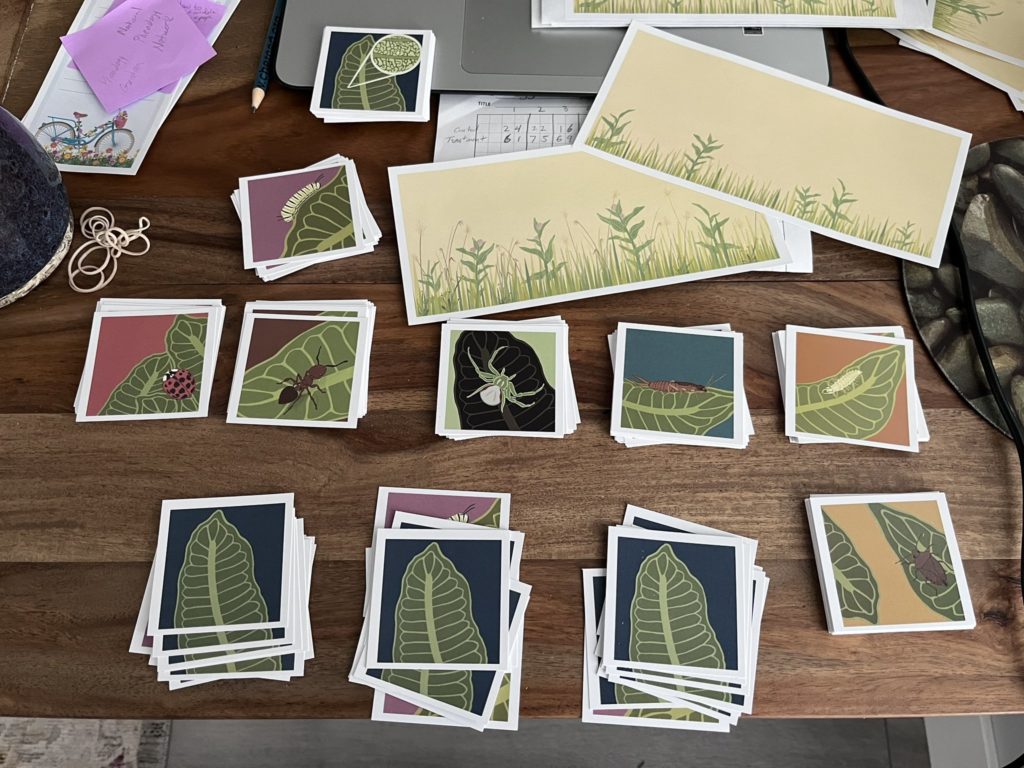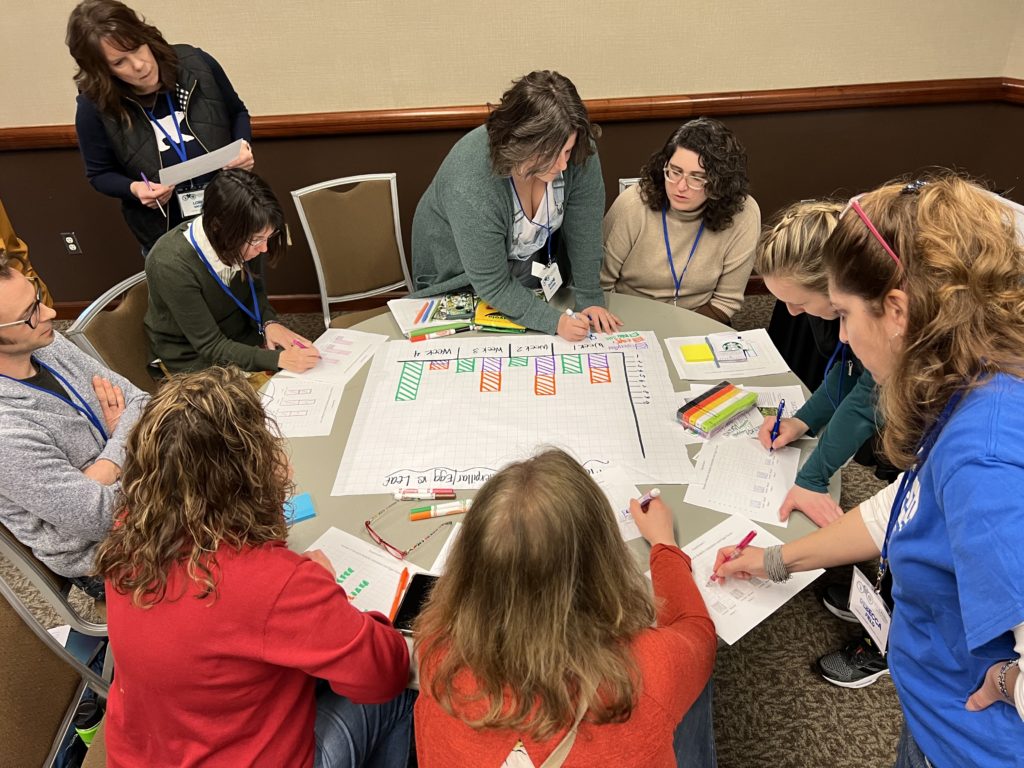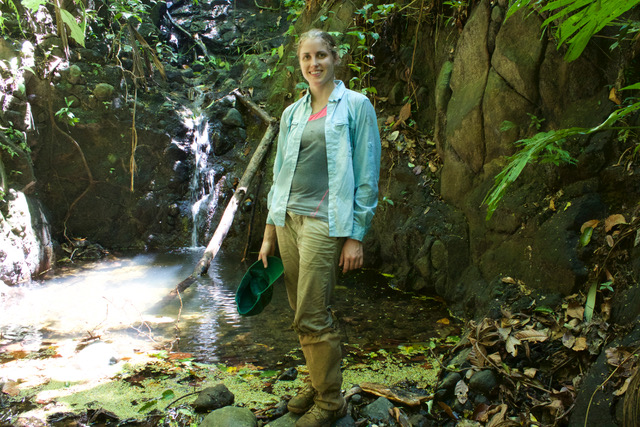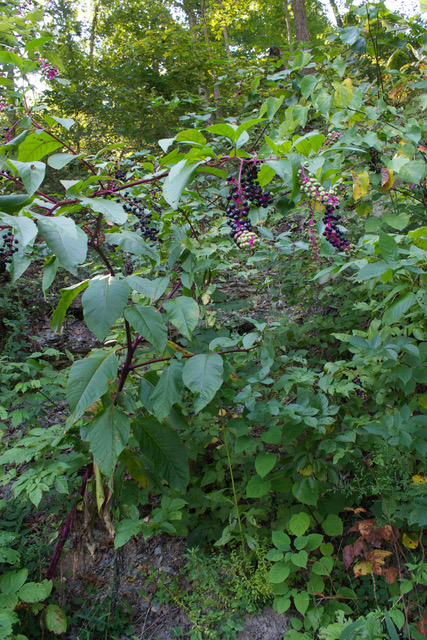Thank you for piloting our latest activity! Download and complete the student activity below.
The activities are as follows:
Bringing authentic research and data into K-16 classrooms
Thank you for piloting our latest activity! Download and complete the student activity below.
The activities are as follows:
The activities are as follows:
Seagrasses are a type of plant that grows underwater. They have long, green leaves and form thick underwater meadows. Seagrass meadows have high plant productivity, or growth, which could help offset the effects of climate change. A major driver of climate change is excess carbon in the atmosphere. Plants can help by pulling carbon from the atmosphere during photosynthesis. Because seagrasses have such high productivity, a lot of carbon is stored in the sediment below them.
Megan and Kevin live in Texas, where these seagrasses are an important part of Gulf Coast ecosystems. Although Megan and Kevin are not ecologists, their expertise is in underwater sound. They are working with biologists to determine the value of applying sound-based methods to monitor the productivity of seagrass meadows.
If you know how to listen, seagrass meadows are full of sound! Sound sources include waves, wind, rain, shrimp, fish, boat engines… and the seagrass itself! It might be surprising that plants produce sound, but Megan and Kevin found that sometimes seagrasses are the main source of naturally occurring, or ambient, sound.
So where does this sound come from? Pulsating sounds are made when bubbles are released from the seagrass leaves. Seagrasses emit oxygen into the water during photosynthesis and most of the time this oxygen dissolves into the water. However, when the water has reached its limit and cannot hold more oxygen, bubbles are formed. Megan and Kevin wanted to see whether they could use these bubbles to monitor the photosynthesis levels in seagrass meadows through sound.
They started by developing a technique to record measurements of ambient sound in the underwater ecosystem. In the laboratory, they were able to use measurements of sound waves to determine a bubble’s size. However, when the ambient sound from seagrass meadows is recorded, there are many bubbles produced simultaneously. This means it is not possible to identify all the bubbles individually through sound recordings. Instead, Megan and Kevin decided to look at changes in the ambient sound level of the meadow as a measure of how much oxygen is produced.
Megan and Kevin wanted to see whether ambient sound levels were noticeably different during peak photosynthesis times. You can relate this to how the background noise changes throughout your school day. The ambient sound level in school is louder during lunchtime when many students are talking at the same time. It’s not possible to identify all the individual conversations taking place throughout the room, but the overall background sound level is higher during lunchtime than when you are doing schoolwork or taking a test.
Similarly, the sound of bubble production during photosynthesis is expected to increase the ambient sound level during periods of high productivity. Additionally, bubbles will be produced when the surrounding water is supersaturated with oxygen, indicated by the time the dissolved oxygen level is greater than 100%.
After they developed their methods, Megan and Kevin headed to the field! They placed a hydrophone (underwater microphone) in the seagrass meadow to record ambient sound data for a year. The hydrophone recorded thirty-second audio clips every ten minutes and they analyzed the clips for sound level, measured in decibels. They also installed a sensor that recorded the dissolved oxygen levels at the site.
Featured scientists: Megan Ballard (she/her) and Kevin Lee (he/him) from the University of Texas at Austin. Scientist team: Preston Wilson, Kenneth Dunton, Kyle Capistrant-Fossa, Colby Cushing, and Thomas Jerome
Flesch–Kincaid Reading Grade Level = 10.4
Additional teacher resources related to this Data Nugget include:
For an excellent teaching resource on underwater sound, check out the “Discovery of Sound in the Sea” website. You can have students explore the science of sound, sounds that animals make underwater, and how acoustic data can help society.
You can learn more about the Texas Seagrass Monitoring Project.
If you would like to give your students the opportunity to explore primary literature, there are several publications related to the research in this Data Nugget:
For more information about how bubbles are produced by underwater plants as a byproduct of photosynthesis:
Related research about what we can learn by collecting underwater acoustic sound data:
Gabe Knowles has developed and piloted several data activities to accompany these Data Nuggets activities. For the first activity, Gabe developed an extension to bring his data into elementary classrooms. Using beautiful art created by Corinn Rutkoski, the following are materials to print and use the activity in your classroom:



The activities are as follows:
Éste Data Nugget también está disponible en Español:
Long before chemists learned how to make medicines in the laboratory, and even long before there were chemists, people found their medicines in plants. To this day, people still extract some medicinal drugs from plants, while others that we used to get from plants are now manufactured in factories.
Why do plants make these chemicals that are often so useful to people? One reason is that plants can’t run away or hide from herbivores, the animals that eat them. So instead, many plants defend themselves using chemicals that are poisonous or toxic to herbivores. As pharmacists say, “the dose makes the poison,” meaning it all comes down to quantity. A tiny amount of caffeine helps you stay awake, but you wouldn’t feel so great if you ate a giant salad of coffee leaves. Similarly, an herbivore that tries to eat coffee leaves would get sick, so it will avoid eating coffee leaves. That’s why plants have evolved to make chemicals – because the chemicals discourage animals from eating the plants. This benefit helps plants survive and reproduce, and any benefit to humans is an unintentional side effect of evolution.
Carina is fascinated by the amazing ways that plants have evolved to avoid being eaten. She also loves researching tropical forests near the Equator. Tropical forests have many more kinds of plants and insects than temperate places, which are farther from the Equator. One important difference between the climates is that the tropics don’t have harsh winters that kill insects. Therefore, biologists think that tropical plants get eaten more by herbivores.
Some plants have high chemical diversity, and make many kinds of chemicals. Biologists have observed that some plants with high chemical diversity are especially difficult for herbivores to eat. Carina thought that maybe stronger insect attacks in the tropics would lead the tropical plants to evolve higher chemical diversity than temperate plants in order to better protect them from herbivory. She thought that over time, the individual plants that had more types of chemicals in their leaves would grow and reproduce more. This would allow them to pass on their traits to the next generation.

To answer her question, Carina collected seeds from wild pokeweed plants in Michigan and Florida. She also collected seeds in Costa Rica from jaboncillo, a species closely related to pokeweed that lives in tropical countries in Latin America. She chose these locations because they vary in how close they are to the equator, and how severe their winters can be. Michigan has long and very cold winters (a temperate climate), Florida has mild winters with occasional freezing (a subtropical climate), and in Costa Rica temperatures never go below freezing (a tropical climate).
She started by growing 15-20 plants from each location in a greenhouse. Then, she extracted chemicals from their leaves and analyzed the chemical diversity of each plant. Chemical diversity is measured by an index that includes how many and how abundant different kinds of chemicals are. Carina predicted that the tropical plants would have the highest chemical diversity. She also predicted that the subtropical plants would have higher chemical diversity than the temperate plants.
Featured scientist: Carina Baskett, Michigan State University
The activities are as follows:
Salt marshes are among the most productive coastal ecosystems. They support a diversity of plants and animals. Algae and marsh plants use the sun’s energy to make sugars and grow. They also feed many invertebrates, such as snails and crabs, which are then eaten by fish and birds. This flow of energy through the food web is important for the functioning of the marsh. Also important for the food web is the cycle of matter and nutrients. The waste from these animals, and eventually their decaying bodies, recycle matter and nutrients, which can be used by the next generation of plants and algae. Changes in any links in the food chain can have cascading effects throughout the ecosystem.
Today, we are adding large amounts of fertilizers to our lawns and agricultural areas. When it rains, these nutrients run off into our waterways, ponds, and lakes. If the added nutrients end up in marshes, marsh plants and algae can then use these extra nutrients to grow and reproduce faster. Scientists working at Plum Island Marsh wanted to understand how these added nutrients affect the marsh food web, so they experimentally fertilized several salt marsh creeks for many years. In 2009, they noticed that fish populations were declining in the fertilized creeks.
Fertilizer does not have any direct effect on fish, so the scientists wondered what the fertilizer could be changing in the system that could affect the fish. That same year they also noticed that the mudflats in the fertilized creeks were covered in mudsnails, far more so than in previous years. These mudsnails eat the same algae that the fish eat, and they compete for space on the mudflats with the small invertebrates that the fish also eat. The scientists thought that the large populations of mudsnails were causing the mysterious disappearance of fish in fertilized creeks by decreasing the number of algae and invertebrates in fertilized creeks.
A few years later, Harriet began working as one of the scientists at Plum Island Marsh. She was interested in the mudsnail hypothesis, but there was yet no evidence to show the mudsnails were causing the decline in fish populations. She decided to collect some data. If mudsnails were competing with the invertebrates that fish eat, she expected to find high densities of mudsnails and low densities of invertebrates in the fertilized creeks. In the summer of 2012, Harriet counted and collected mudsnails using a quadrat (shown in the photo) and took cores down into the mud to measure the other invertebrates in the mudflats of the creeks. She randomly sampled 20 locations along a 200-meter stretch of creek at low tide. The data she collected are found below and can help determine whether mudsnails are responsible for the disappearance of fish in fertilized creeks.
Featured scientist: Harriet Booth from Northeastern University
Flesch–Kincaid Reading Grade Level = 10.2
Click here for a great blog post by Harriet detailing her time spent in the salt marsh: Harriet Booth: Unraveling the mysteries of Plum Island’s marshes
If your students are looking for more information on trophic cascades in salt marsh ecosystems, check out the video below!
SaveSave
SaveSave
SaveSave
SaveSave
